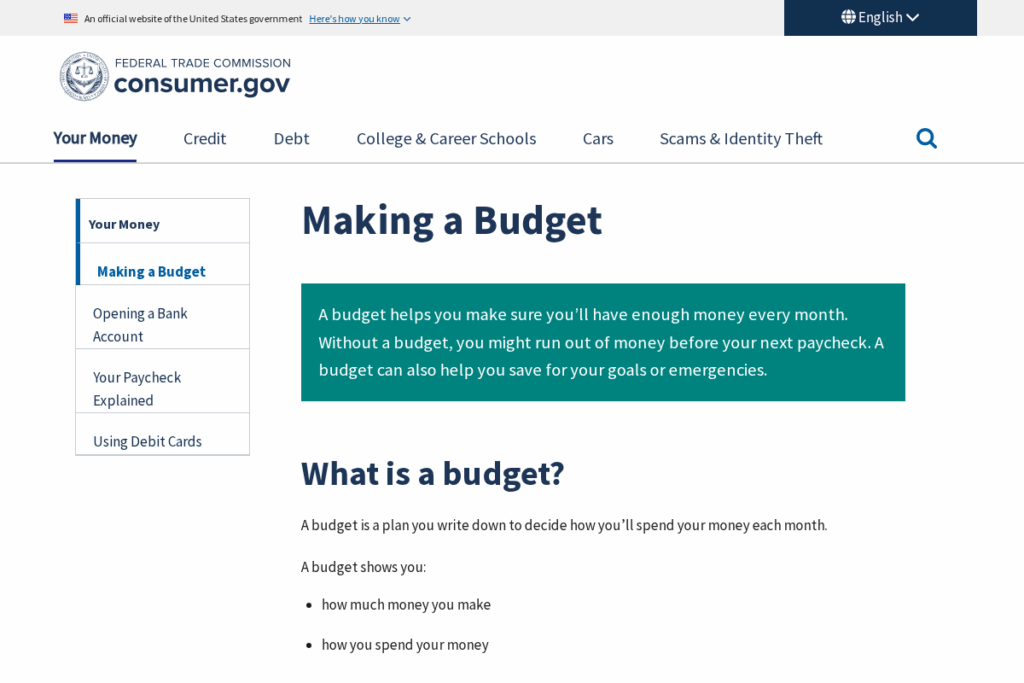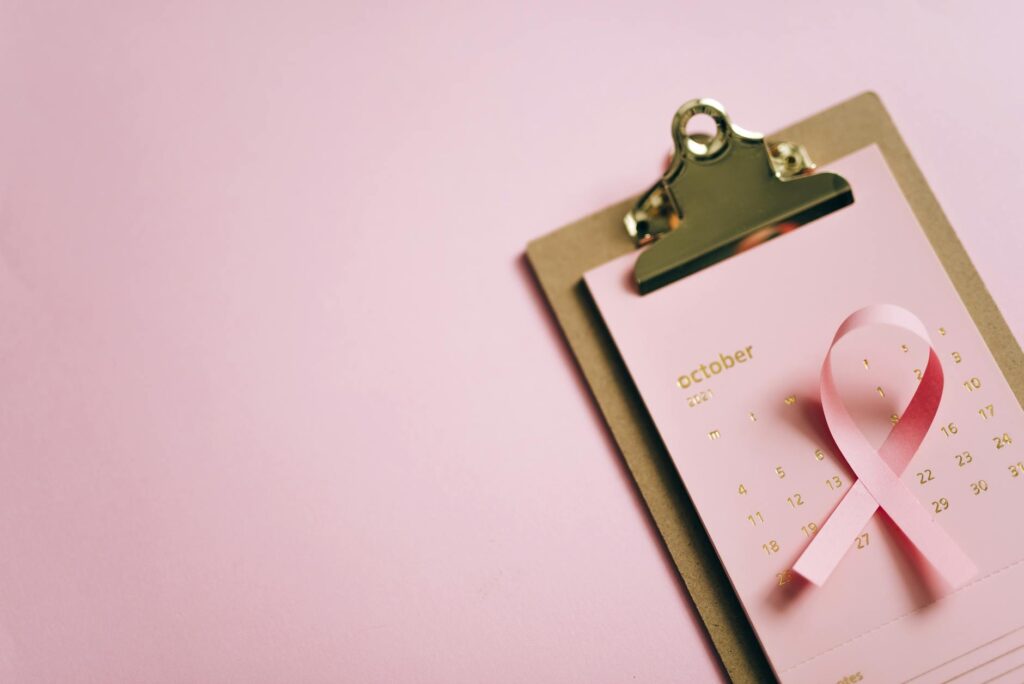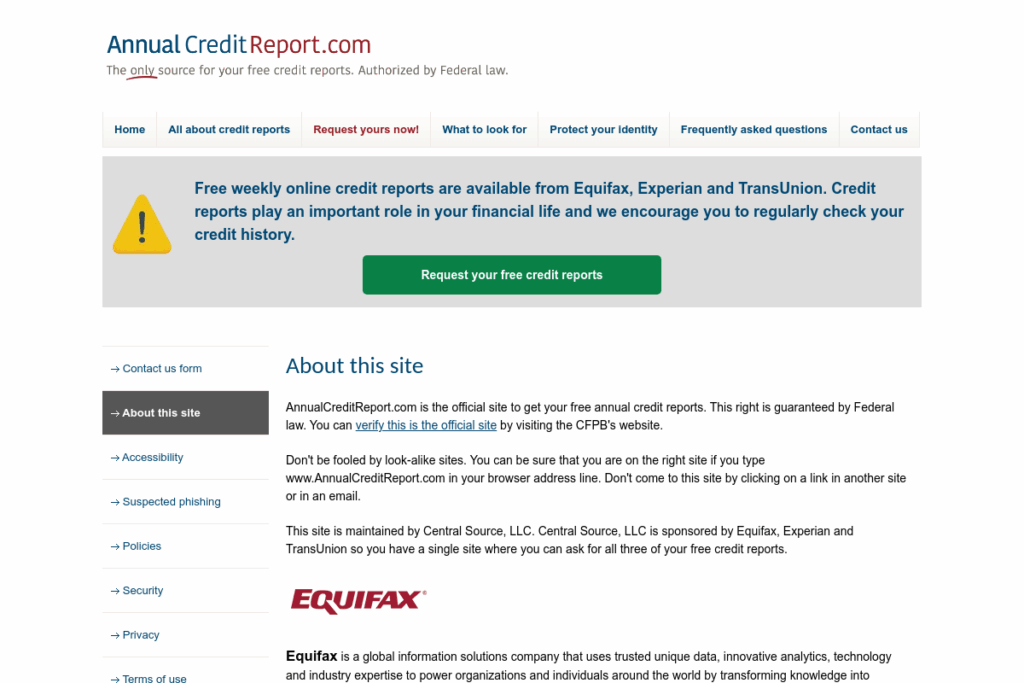
I’m obsessed with helping people build breathing room and wealth without sacrificing the small joys that keep life fun. I broke my own paycheck-to-paycheck cycle by pairing a simple plan with a scrappy online side hustle that eventually became my full-time work. You can do this too—on your terms. Here’s a clear, practical, seven-step guide to create stability fast and grow from there.
1. Map your money in 30 minutes

Start with clarity, not perfection. Pull the last 60–90 days of bank and card transactions and drop them into a simple worksheet. A ready-made tool like the Microsoft budget templates makes this painless. Sort expenses into essentials (housing, utilities, groceries, transportation, minimum debt payments) and everything else. Note any irregulars—annual renewals, car registration, back-to-school costs—so you’re not surprised later.
Next, total monthly net income versus average monthly spending. If you’re negative, don’t panic; this is your starting line. Use the plain‑English steps in Making a budget to translate what you see into a living plan. Two quick wins: cancel obviously unused services and set calendar reminders for due dates. Most people find at least a few “leaks” right away, which is hugely motivating and funds your first buffers.
2. Build a flexible plan that still leaves room for joy
Rigid budgets break; flexible ones adapt. Use the 50/30/20 rule as a starting framework (needs/wants/saving‑debt), then tailor it to your real life. The government’s MyMoney Five lays out the core principles—Earn, Spend, Save & Invest, Protect, Borrow—to keep decisions balanced. If housing or childcare pushes your “needs” above 50%, that’s okay; temporarily reduce wants and earmark future raises or side income to right-size the mix.
Give yourself small, guilt‑free fun money so you’ll actually stick to the plan. If you prefer rails, try zero‑based or envelope budgeting for discretionary categories, but keep it realistic. To pressure‑test your plan, run a few “what ifs” (car repair, medical copay, short paycheck) and decide how you’d cover them. For a concrete target mix, the CFPB’s 50/30/20 activity in Analyzing budgets is a helpful reference you can adapt as an adult.
3. Automate stability on payday

Make your money move itself. On payday, route funds into separate accounts: bills, everyday spending, and savings. Auto‑transfer a set amount to savings first—pay yourself, then everyone else. If your net check swings, revisit your withholding with the IRS How to get tax withholding right guidance so you’re not over‑withholding all year or coming up short in April.
Then queue auto‑pays for fixed bills and minimum debt payments from your bills account. This protects essentials and reduces late fees and mental load. For your budget framework and worksheets, browse federal tools via MyMoney tools and save the versions you’ll actually use. Finally, enable bank alerts for low balances and large transactions to catch problems early. Automation is the simplest way to break the feast‑and‑famine cycle.

4. Cut waste without cutting your life
Instead of “no spending,” remove friction points. Audit subscriptions, raise deductibles only if you’ve built a small buffer, and negotiate phone/internet rates annually. If a “free trial” turned into surprise billing, follow the FTC’s step‑by‑step guidance for getting in and out of auto‑renewals. When charges are wrong—or a cancellation doesn’t stick—use a written dispute; the sample dispute letter makes it easy.
Layer simple controls: merchant‑level spending caps, card‑issuer category alerts, and a cooling‑off rule for non‑essentials. Protect your calendar too—set renewal reminders 10–14 days before trial ends. Keep one fun category funded, even modestly, so you don’t rebound into overspending. This is about reclaiming dollars you don’t value, not eliminating the ones you do.

5. Build a mini emergency fund fast
Your first safety net is $1,000–$1,500 or one month of essential expenses—whichever is larger for you. Park it in a high‑yield savings account that’s federally insured. At banks, deposits are covered up to limits explained in the FDIC’s overview of deposit insurance; if you use a credit union, the NCUA’s share insurance coverage provides similar protection. Name the account “Emergency Fund” to reduce the temptation to dip in.
Seed it quickly: sell an unused item, take one overtime shift, or funnel the “leaks” you found in Step 1. I also like stacking tiny wins—cash‑back apps, micro‑tasks, or survey earnings—to top it off; my own journey started with a small online project, and I review opportunities like this Swagbucks review when people want an easy first boost. Once you hit the mini‑fund, keep contributing a smaller auto‑transfer so it grows toward 3–6 months over time.
6. Raise income with a side hustle you can actually sustain

Income is the fastest lever. Pick one skill‑aligned path you can repeat weekly: freelance services, local micro‑jobs, teaching online, or simple digital products. Keep startup costs near zero and aim for your first $100 this week, your first $1,000 this quarter. If you want something ultra‑light to start, my deep dive on Swagbucks covers pros, cons, and realistic expectations.
Remember taxes. Side earnings are taxable even if you don’t get a form; bookmark the IRS Gig Economy Tax Center for deductions and estimated payments. Marketplaces and apps may send Form 1099‑K depending on totals; check the phased thresholds on the IRS page Understanding your 1099‑K so you’re not surprised at filing time. Channel a portion of side‑hustle income straight to savings and high‑interest debt—this is how you accelerate beyond break‑even.
7. Tackle high‑interest debt with a clear method

List debts, APRs, and minimums. Keep every account current, then choose a payoff method: avalanche (highest APR first) saves the most interest, while snowball (smallest balance first) can boost motivation. Understand how interest works so you can game the math—many cards compound daily, as explained in the CFPB’s note on the daily periodic rate. That’s why mid‑cycle extra payments shrink interest more than you’d expect.
Automate minimums, then send every extra dollar from cuts and side income to your target debt. Avoid new purchases on cards you’re paying down to preserve any grace period on others. Monitor your credit for accuracy while you’re at it; request your reports through AnnualCreditReport.com and dispute errors promptly. Momentum is everything—track wins and re‑aim payments each time a balance disappears.
Wrap‑up: You don’t have to white‑knuckle your way out of the paycheck‑to‑paycheck cycle. A flexible budget that fits your life, a small but solid emergency fund, and one sustainable side hustle can change your monthly rhythm fast. Keep it simple, automate the boring parts, and let consistent small moves compound into lasting freedom.


